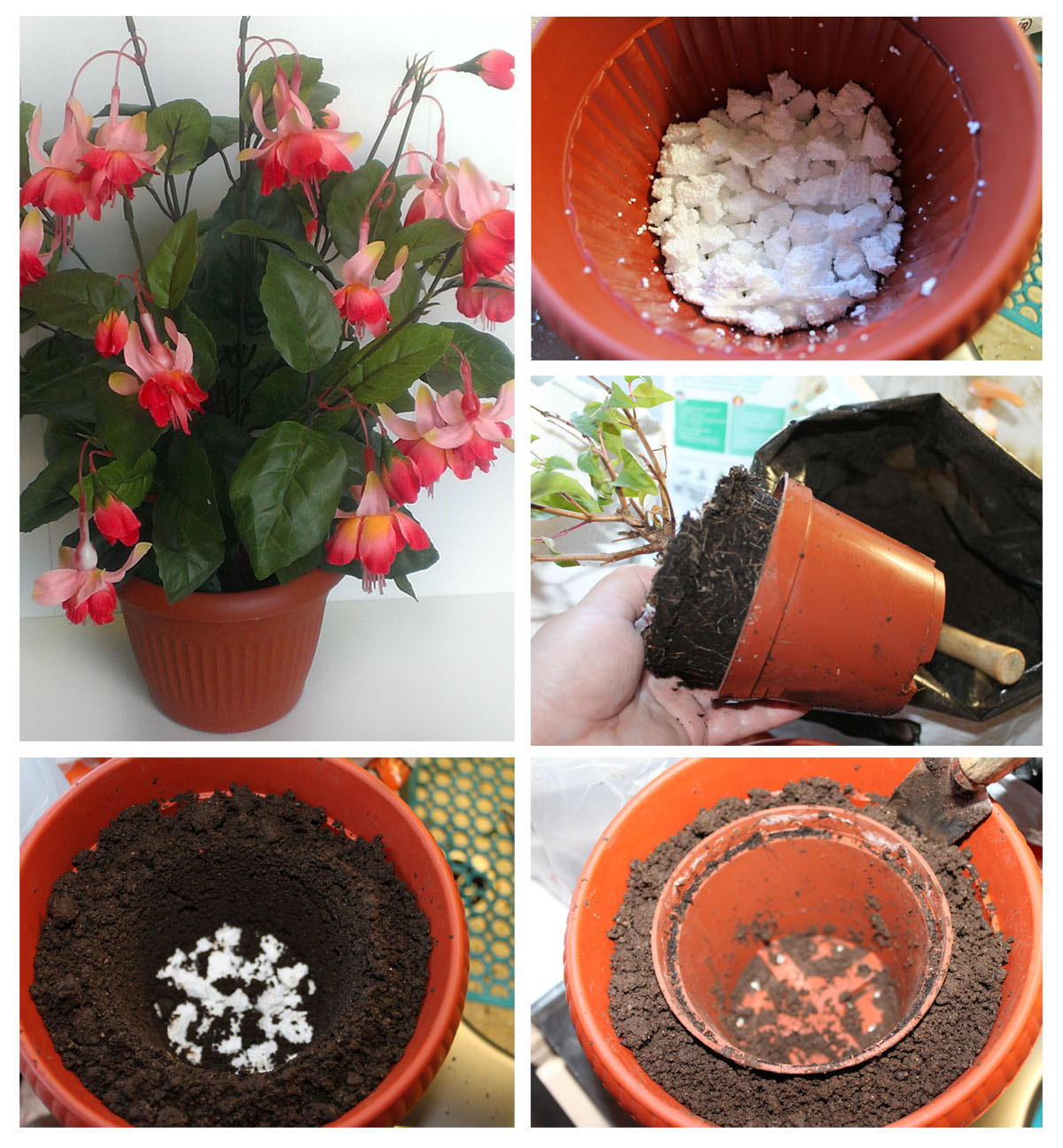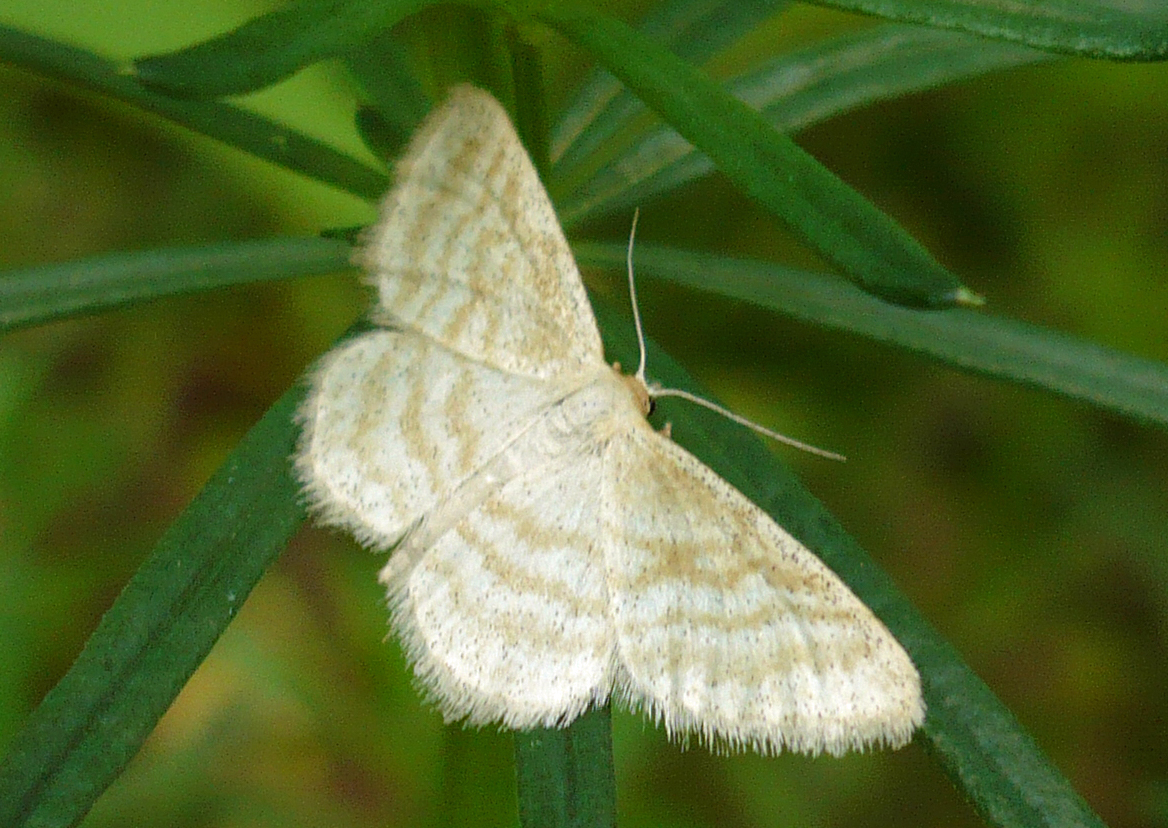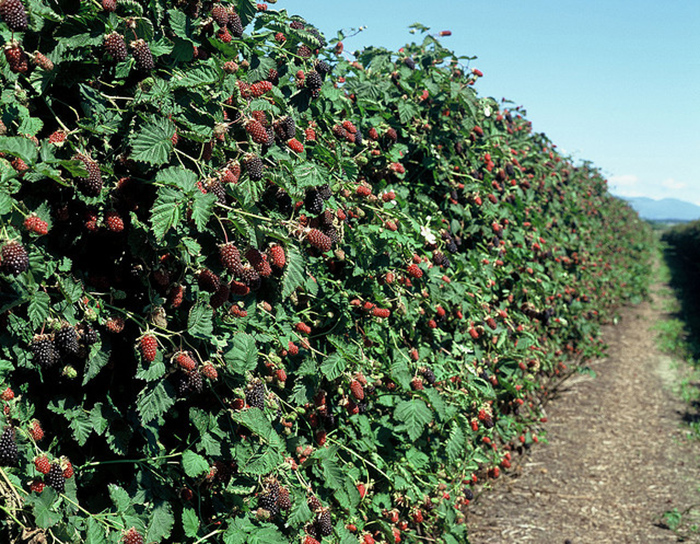Content:
Fuchsia has been grown for over 250 years. Many growers love this plant for its unpretentiousness, beautiful spectacular flowering. People call it "Japanese lantern".
Fuchsia natural habitat - South, Central America, New Zealand. The plant belongs to the fireweed family. The flower got its name in honor of the German botanist and physician Leonardo von Fuchs.
Agrotechnics
Fuchsia is a universal culture. In the process of growing, it can be given any shape:
- bush;
- standard;
- pyramidal;
- ampelous;
- spreading;
- climbing;
- can be grown as bonsai.
Different varieties of fuchsia can bloom at different times and have a variety of flower colors. Thus, you can collect a whole series of varieties of culture. This will make it possible to ensure the flowering of fuchsia from early spring to late autumn. And it blooms profusely and for a long time.
The most popular varieties:
Terry:
- Fashion;
- Swingtimes;
- Midge.
Semi-double:
- Walts;
- Tennessee;
- Satellite;
- Snowkup.
Simple (non-double):
- Winston Churchill;
- Bon Accord.
- Brutus.
- Cystic flower:
- Svoili Yellow;
- Leverkusen.
The plant prefers bright diffused lighting (in the morning), partial shade (at noon, in the afternoon until evening). It is best to settle fuchsia on the windowsills of the east or north windows. In summer, you can take it out onto the balcony, into the yard. Place it in a place where the sun's rays are only in the morning. In winter, you need to provide the flower with additional illumination - up to 11 - 12 hours / day. Phyto lamps or fluorescent lights are used.
Fuchsia loves coolness. Comfortable temperature in summer - no more than + 20 degrees, in winter +15 degrees.
The flower grows well on light, breathable soils (peat can be added). There should be no stagnant water.
The plant does not tolerate excessively dry air. From this, leaves and buds may turn yellow, fall off. The preferred humidity is 50-60%. Therefore, you should regularly spray the plant with a spray bottle in summer, especially in the heat, in the morning or in the evening. The water should be at room temperature. You can place a wide container filled with water next to the flower, or put a pot of fuchsia on wet pebbles or expanded clay, poured into a pallet.
Water the plant regularly, in moderation, after the top layer of the earth dries out (every 3-4 days). This is especially required for fuchsia during the summer flowering period. When late autumn comes, watering is reduced. In winter, irrigate no more than 1-2 times a month.
In March, they begin to feed the flower (every 10 days). Use means for flowering indoor plants. In winter, no top dressing is applied.
Pruning is carried out 2 times a year (early October, early January). The dormant period for the plant begins in late autumn (October), lasts all winter.
Fuchsia is transplanted in the spring.The culture is propagated by seeds, cuttings.
The plant can be affected by powdery mildew, rust, root rot, spider mites, whitefly, and aphids.
Fuchsia propagation
Now about how fuchsia reproduces. For cultivation of the culture, two methods are used: by seeds, cuttings (vegetatively).
The first option is pretty troublesome. It is used mainly by breeders, and the plant practically does not retain the varietal qualities of the parent bush. In this case, you need to pollinate the seed yourself, prevent self-pollination of the flower, pollination of fuchsia with insects. You can also purchase seed from the store.
How to propagate fuchsia at home with seeds
- In February, achenes are sown in a light, nutritious soil mixture. They are laid out on top of a wet soil, previously treated with a solution of potassium permanganate, slightly pressed against it.
- Cover the containers with foil. They are placed in a warm, bright place. However, you should not allow direct sunlight, there should be diffused light. The required temperature is +22 degrees; for a cold-resistant variety, +18 degrees is enough.
- Shelters are removed 1-2 times a day to air the seedlings. Spray the soil with water periodically.
- When the seedlings hatch (after 2-3 weeks), raise the film more often, then remove it completely. After two or three leaves appear, the seedlings dive into different pots. After 1-2 months, they are seated in more spacious containers.
- Young shoots are sprayed once every two weeks, fertilized with mineral compounds.
Fuchsia: propagation by cuttings at home
According to experienced flower growers, fuchsias can be cut almost all year round. However, the best time for this, of course, is spring.
Step-by-step instructions for cutting fuchsia in water:
- In the spring (March, you can start in February), before propagating fuchsia, healthy young petioles 10-20 cm long are selected. They are cut from the shoots growing on the apical branches. They must have 2-3 internodes.
- Make an oblique cut (45 degree angle) under the lower leaves with a sharp knife. Then they are removed. Leave the top leaves, cutting off the leaf plates in half.
- In the same way, the top of the appendix is cut off. Old shoots can also be used, but then the rooting process will take longer.
- The process is allowed to dry for 10-15 minutes. A trim, its lower part is powdered with Kornevin (you can take Epin, Zircon, Sodium Humate, Heteroauxin).
- The petioles are placed in a glass jar filled with settled water. Cover the top with a plastic bag or a transparent plastic glass, half a plastic bottle.
- After 5-14 days, roots should appear. No need to wait for them to get long. Now the cuttings must be planted in separate small pots (their diameter, height - 9 cm). It is necessary to disinfect the ground in advance with a solution of potassium permanganate.
- Prepare the soil well in advance. It is necessary to mix in equal parts leaf, turf soil, sand, humus. Another composition is also used: peat, perlite, vermiculite (10%), sphagnum moss (a little). You can buy ready-made primer in the store.
How to root fuchsia by cuttings directly into the soil
- For the processes, take transparent plastic cups (volume 100-200 ml).
- Make holes in the bottom of the container (2-3 pcs.).
- Small expanded clay is poured onto the bottom with a layer of 1.5 cm. Fill from above with earth.
- Cuttings are prepared in the same way as for a container with water.
- Now you need to make depressions in the ground, plant shoots, sprinkle, press a little, water, cover with a bag or a plastic cup. Place the seedlings in a bright, cool place. Remove the film daily, ventilate. Roots can be expected to appear in 2 weeks.
Cutting fuchsia in summer
It is believed that rooting fuchsia shoots is quite difficult in the summer. And the heat is to blame. After all, culture prefers coolness, humidity. Petioles placed in water can simply rot. Therefore, before cutting fuchsia in the summer, you need to bring the plant into a room equipped with an air conditioner or a split system, where the whole process is carried out. It is best to leave the jar with the handle here so that it takes root.
How to root fuchsia using a leaf
This is one of the options for flower reproduction. A healthy large leaf is cut off along with the petiole. Buried in perlite. It should be wet. They create greenhouse conditions, spray them daily, maintain the temperature. A miniature outlet should form. When she gets stronger, she is transplanted into a separate pot.
Care
After the petioles have been planted and greenhouse conditions have been created for them, they must be ventilated every day (1-2 times). Moisten the soil periodically, preventing the earthen coma from drying out.
When the plant gets stronger, it is transplanted into a more spacious pot (preferably ceramic, this will protect the culture from overheating in summer).
The plants are fed during the flowering period with potassium-phosphorus substances. As needed, they cut off dried flowers, form a crown, loosen the soil, spray a bush. Fuchsia is transplanted in the spring.
Tips for growing a plant from cuttings
- In early autumn, you can prepare the stalks to preserve the plant in the winter. Several shoots are cut from mature, healthy bushes (length 15-20 cm).
- They are stored in containers filled with soil in garages, basements, or they are kept on the lower shelf of the refrigerator, placed in a bag with sawdust.
- Before the onset of spring, they are taken out, treated with a manganese solution, and placed in water.
It is not difficult to grow fuchsia from a cutting. You just need to figure out how to propagate fuchsia and strictly follow all the recommendations.
· Thinning out;
· Formative trimming.
In the first method, sick, dried, frozen shoots are removed, in the second case, they get rid of excess, densely growing and irregular branches that interfere with the development of the plant. The latter type of pruning is carried out in order to give the culture an aesthetic appearance by forming a crown.
Sanitary pruning is carried out at any time of the year, thinning - from mid-spring and during the summer, shaping - in early spring, 2-3 times in summer, in late autumn.
Pests
Periodically, viburnum can be overcome by pests that have a detrimental effect on the plant and negatively affect the quality and quantity of the crop.
The tree is attacked:
Leaf roll,
Leaf beetle,
Gall midge,
Moth,
Sawfly,
· Aphids and moths.
When fighting these insects, you need to shake them off the shoots every morning on the film, spread under the crown. Then get rid of them.
Purchased complex action products cope with unwanted "guests" perfectly: fufanon, lightning, kinmix, karbofos, fitoverm, green soap.
Diseases
Viburnum viburnum is susceptible to the following diseases: powdery mildew, gray and fruit rot, yellowing, mosaicism and leaf spot can also be observed.
Struggling with an ailment, you need to find out the cause of its appearance, purchasing drugs for treatment, focus on a specific type of disease.
Interesting features of viburnum
- Almost all the fruits of viburnum varieties are edible, tart on the palate, mostly bitter, but there are also sweet ones.
- The viburnum harvest has beneficial properties: it is rich in phosphorus, potassium, magnesium, iron, copper, manganese, iodine, vitamins A and C.
- Berries have a lot of applications: they make jams, bake pies, use them to brew tea, treat themselves, make all kinds of cosmetic masks and scrubs, make alcoholic beverages.
- Almost all the components of viburnum (bark, leaves, flowers, berries) are used for medicinal purposes.
- The shape of the crown can be easily changed, since these shrubs tolerate pruning well.
- Plant varieties are often used for the benefit of humans: they are planted along roads to create snow-collecting areas; for strengthening the soil in mountain areas; to attract birds to forests, planting different species of viburnum in plantings; and also planted in public places (often it is a viburnum of the Sargent Onondaga variety).
Deciding to decorate your garden with viburnum shrubs, you can get lost in the variety of varieties. Which variety to choose: dwarf or tall, with ordinary red fruits or with a more original color, with a round crown shape or a more spreading version? But even having opted for the first variety that comes across, it will be possible to settle on your site an excellent decorative ornament, which also has a lot of useful properties and does not require significant efforts during cultivation.

















